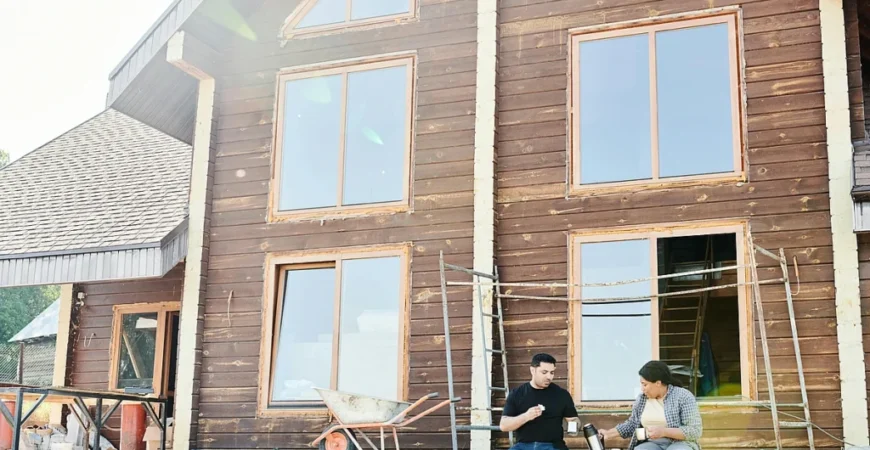Which Is Better for Your Home?
When it comes to exterior finishes, stucco is a time-tested option that offers durability, insulation, and a clean aesthetic. But not all stucco is the same. Homeowners and contractors often find themselves choosing between traditional stucco and synthetic stucco systems (also known as EIFS — Exterior Insulation and Finish Systems). Understanding the differences can help you make a smarter decision that suits your climate, budget, and design preferences.
Composition and Application
Traditional stucco is made from a mixture of cement, sand, lime, and water. It’s applied in multiple coats—typically three—including a scratch coat, a brown coat, and a finish coat. This method has been used for centuries and is known for its breathability and long-lasting nature.
Synthetic stucco, or EIFS, consists of multiple layers starting with insulation board, a base coat reinforced with mesh, and a finish coat. It offers superior energy efficiency and a wider variety of texture options.
Durability and Maintenance
Traditional stucco is more impact-resistant and better suited for ground-level installations where physical wear and tear are more likely. It can also be more forgiving in extreme weather conditions, allowing moisture to evaporate naturally through the porous surface.
EIFS, while excellent in insulating properties, can be more prone to moisture issues if not installed correctly. Water intrusion can cause damage to the substrate beneath the insulation layer. Modern EIFS systems have improved drainage solutions, but proper installation is critical to avoid costly repairs.
Cost Comparison
Generally, traditional stucco can be more affordable in terms of materials, especially for smaller homes. However, the labor cost can increase due to its multi-layered application process.
Synthetic stucco, while potentially more expensive in material costs, may offer savings in long-term energy bills thanks to its superior insulation properties. It also allows more flexibility in design and color customization.
Climate Considerations
In dry, arid regions like Utah and Nevada, both systems can perform well. However, traditional stucco’s ability to ‘breathe’ makes it a safer choice in areas with extreme temperature swings or occasional rainfall.
EIFS is better suited for regions where energy efficiency is a top priority, but extra care must be taken to ensure a waterproof barrier is installed correctly.
Aesthetic Flexibility
Both systems can be customized with various textures and colors. However, synthetic stucco provides greater design flexibility, allowing for more intricate shapes, smoother finishes, and bold colors.
Traditional stucco offers a more rustic, timeless look with thicker finishes and slightly rougher textures that blend beautifully with southwestern or Mediterranean-style architecture.
Conclusion
Choosing between traditional and synthetic stucco comes down to your home’s design needs, budget, and long-term performance expectations. Each system has its pros and cons, but both can offer beautiful, durable results when installed by professionals.
Thinking about upgrading your home’s exterior? Contact Total Exteriors Pro today for a free consultation and personalized recommendation.





